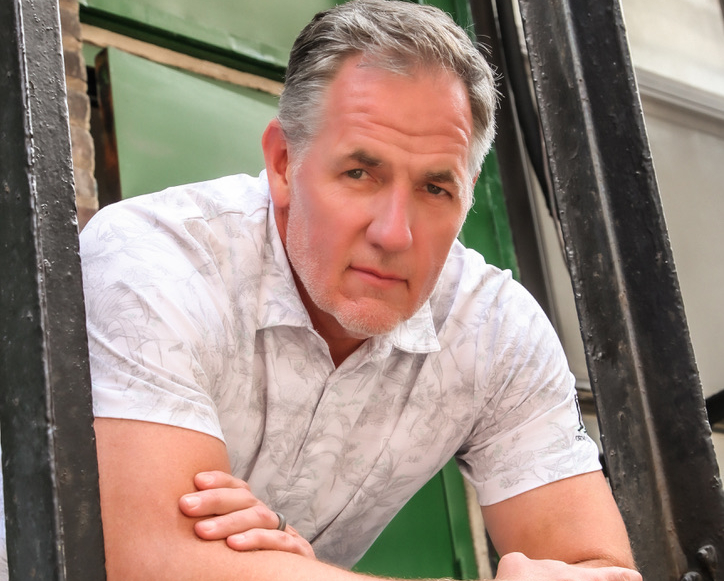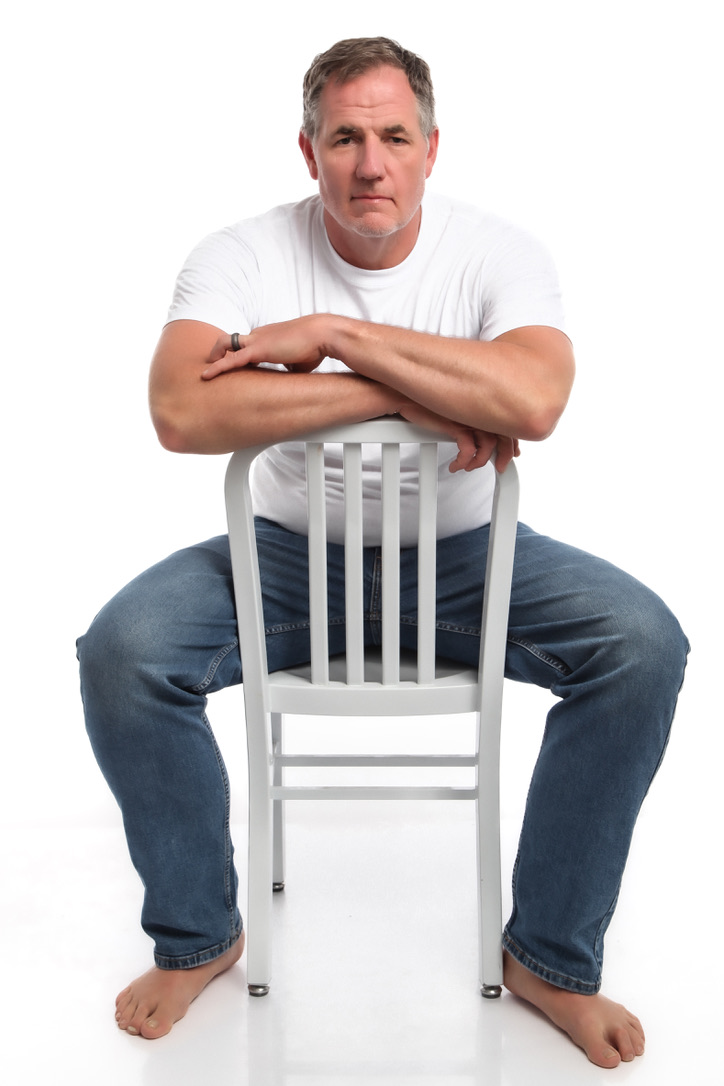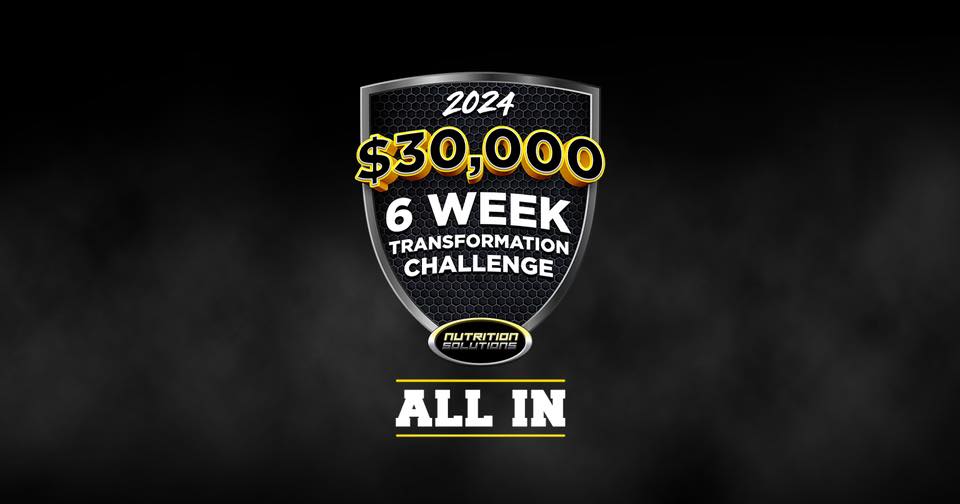The first part of the 2021 I was targeting the easiest diet idea I could land on: keto. I don’t have much of a sweet tooth so the promise of meat and fat at will sounded like a perfect panacea of weight loss magic as the only rule seemed to be don’t eat carbs. This actually worked for a while; I lost about 25lbs in about two months and felt good that I could continue this same way and lose 50 more pounds. Then I just stopped losing weight. I would go to elaborate ways to not eat any carbs at all and the scale wouldn’t budge. Mentally that took a toll. In addition to the feeling of not having much energy, I felt defeated and retreated into believing that I was genetically pre-destined to be large and there was nothing I could do about it.

Summer is travel time for us. It is always a challenge to keep on any kind of diet. By August I was looking at my full-faced beach pictures reflecting how I probably should not have bought the all-inclusive package at that resort. I was also looking down the road to November where I had a pandemic-required rescheduled full-distance Ironman planned in less than three months.
I started looking online for other options which of course flooded my Facebook feed with every weight loss program out there. One particular coaching program eventually caught my eye because the results looked, to be honest, modest. The before and after pictures looked like real people who were big before, and less big after but by no means cover models. I am very skeptical about any 30-day transformation which was promised to turn someone from Parks and Rec Chris Pratt to Guardians of the Galaxy Chris Pratt so this looked promising and realistic. It was announced as a 90-day program which would be tailored to your specific requirements with a money-back guarantee using an award winning app. I had to interview with the coach to determine if I was the right fit for the program. I had to send a photo of me through and estimate what my bodyfat was looking at some comparative shots of other ‘dad bods’. On the call he explained the process in limited detail asked a few questions about my diet and my familiarity with weightlifting and meal prepping. I asked questions about the money-back guarantee, what was the minimum amount of time I would have to spend in the gym and how many ‘cheat’ days I was allowed. He gave straight answers indicating he had never had anyone cash in on the money-back guarantee and that cheat days and amount of time in the gym was up to me, but the results would be slower if I put in the minimal effort. He told me I was ‘skinny-fat’; not a term I had heard before but looking at it now it basically represents everything you don’t want to be: no muscle tone just a skeleton with fat drapes. Then I got the price tag, the 90-day program was $2,000 and the 180-day program was $3,500. It seemed steep but I figured I had tried all the $99 programs with limited success and with that level of investment I would take this serious– so I signed up.
The program included three key elements: gym, diet and accountability. Although each of these deserves it’s own in depth discussion (which I will probably get around to doing) there are a couple of general concepts below.
Gym
My past experience with the gym was: go to the gym, do a couple of workouts that I looked fun or focused on a specific body part I thought was lacking, then eat a full pie as a reward on the way home. With my coach there was a set of strength building workouts that lasted about one hour and focused on a couple of specific muscle groups: legs, chest, back, biceps, triceps and shoulders. The coach required a minimum of three days at the gym a week and up to six. He added in 20 minutes of stair-stepper per session as an accelerator for weight loss. He also gave me a workout for abdominals that he suggested doing at least twice a week. The workouts were 2 muscle groups (chest & triceps, back & biceps, legs & shoulders) per session with 3-4 different movements for each muscle group. For each movement there were four sets. The first set of movements generally focused on the largest muscle and starting with 8 repetitions (‘reps’), then adding weight and doing 6 reps, then 4 then 2; each time adding as much weight as you could manage to lift. The other movements had 6-10 repetitions with the same weight. There were also proscribed rest periods between sets and each movement ranging from the three minutes to sixty seconds. Every five weeks or so he would change up the types of exercises required with the overall focus on increasing the total volume of weight lifted each week.
As someone who had never really ‘worked’ out with any regularity it was very good to have the workouts structured and forced me to do things I didn’t like doing (I still loathe the days I am supposed to do wide grip lat pulldowns….). I also never really understood the difference between sets and reps and learned new terms like ‘dropsets’ (doing a number of reps, dropping the weight and immediately doing more reps) or supersets (doing one movement and then another movement with no break). The focus was on ‘progressive overload’; making sure you pushed yourself to exhaustion and pushing your muscles to the maximum each time. There was also an emphasis on larger muscle groups (legs, chest, back) working harder and earlier in the workout with the smaller muscles focused later in the workout. Cardio was always after lifting.
I initially started with the gym that was in my apartment complex but quickly realized I would need a real gym so I signed up for the local rec center. The added bonus of the rec center was that in the mornings it was mostly elderly people and I could basically look like a complete idiot without any judgement and most of the free weights were completely open. On the occasions I did venture out in the afternoons and evenings, the rec center was filled with high school students. While this did mean the free weights were a bit more occupied, they were so focused on the mirrors and selfies, they paid little attention to the middle aged guy with the limited squat depth.
Diet
Whatever meme-ish phrase you can think of ‘you can’t out run a bad diet’, ‘abs are made in the kitchen’, ‘the best exercise is 30 reps of not eating so much crap’, etc— it is basically all true: you can exercise as much as you want, but if your diet is bad, you aren’t going to be happy with your fitness results. I provide a personally depressing example. In September of 2023 I participated in the inaugural New York Ironman 70.3 (this is a half-Ironman but they now call it a 70.3 for people so they don’t feel bad about the ‘half’ moniker). It was the worst weather I have ever raced in with pelting rain and wind gusts that knocked my bike around fairly easily. They cut the swim short because the waves meant people were in real danger of drowning. After just under 6 hours of strenuous cardio effort, I had burned over 6,000 calories according to my watch. In the finishers tent they handed out a pasta salad and Crumbl cookies— I ate two almost immediately and a third later that afternoon. For dinner we went to the Cheesecake Factory where I ordered Fish & Chips along with a lemonade and partook liberally of their brown bread and butter. We shared a Cheesecake for four of us— which seemed reasonable. Add that to the pre triathlon oatmeal, race course drinks and bananas and various other snacks throughout the day— my overall daily caloric intake was in the 5,000 calorie range. The indicated amount of calories you need to burn one pound of fat is 3,500. So for 6 hours of effort I was likely netting less than 1/3 of one pound of weight loss. So unless you are planning on doing a half Ironman or some other equally intense exercise, every day, your only real option is to lessen the caloric intake.
My coach set it up very simple and direct: I had six meals a day and each meal I had one choice between each of 11 types of proteins, 8 types of carbs and 9 types of fats, each with precise portions that I was supposed to weigh out on a food scale. In addition you were encouraged to have 3-4 handfuls of greens per day— with no real limit on those. No sauces or dressings, but any no-calorie spices were welcome. He suggested meal prepping twice a week and getting your meals planned for three days in advance. He suggested cheat meals should be reserved for special occasions or when I met a certain goal.
The first week or so were great— I actually felt like I was eating too much food —which turned out to be accurate as my food scale was old and was under-reporting the actual weight by about 50%. When I bought a new scale I still felt the amout of food was adequate. It was heavy on egg-whites and chicken breasts so I spent a lot of effort finding non-caloric spice options to combat the blandness. I am now a big fan of Frank’s hot sauce.
When I started being militant about the diet, I started seeing immediate results dropping pant sizes in matter of weeks and my clothes are started getting loose. When I would travel I would focus on the more portable items on my list of options: protein powder, apples and nuts, all apportioned according to what my coach allowed me. The success was self-enforcing as I also felt amazing and didn’t seem even to get sick while I was on program.

While my coach never disclosed this to me directly, I found a video my coach had made on social media about macros and I figured out that his whole approach to the foods was based on establishing macros (protein, carbs and fats) and then only including foods on my ‘allowed’ list which were predominantly providing that macro. For proteins these were all lean meats or egg whites. Carbohydrates were rices and potatoes. Fats were nuts, Avocados and coconut oils. Once I got behind and understood the macro approach, I started to deviate from the limited number of options for foods and focus on the overall macros. While this put the onus on me to track the macros, it also provided a much larger number of food options that allowed me to see this as a sustainable long-term lifestyle.
Accountability
While my coach was also a source of advice for when I travelled or when holidays were coming up or when I couldn’t figure out how to do a particular exercise— the key point is that I was accountable to someone other than myself. This may seem like a minor point (working out and diet were somewhat intuitive and logical for a fitness program) but having to regularly report on them to someone was new, and for me, that made all the difference. I suppose after years of school being graded and being in the workplace where we have periodic job evaluations, being accountable makes some sense but it turned out it was critical.
Most of the accountability aspects were tracked through an app which was a semi-customized version of the ‘ABC Trainerize’ app. Most communications would flow through the app and he would load up workouts each week into the app and I would follow these and record my progress in terms of weight lifted, number of reps, etc. In addition, I was required to weigh in every morning. At the end of the week, on Sunday, I was required to submit progress photos, my average daily weight for the week, the number of days I worked out, any cheat meals that I did and any other concerns I had. There was a form e-mail that I would fill out and send back with all of that information as well as the photos through the Trainerize app. I could also send questions to my coach through the app and he would get back to me within 24 hours (except, like Chik-fil-a, on Sundays). On Monday nights he would organize an online zoom session with all his clients where we could drop in and ask questions or listen to what other people were doing or struggling with. He gave us tips on what to do with upcoming holidays or social events (basically, don’t be the guy who brings his own food and is weird— but don’t go crazy either) and how do adapt workouts if we didn’t have the correct equipment in the gym (or can’t do a wide grip pull-up as an example…).
I think I ‘learned’ as much as could learn from my coach during the three months we worked together and while I can figure out the macros for food and a set of non-boring workouts I am happy to do, the accountability to someone else is the biggest challenge that I face in maintaining fitness is that I am only accountable to myself— and a lot of times I am way too lenient a coach for that to be effective.

After three months of working with my coach, I had lost over 50 lbs but I felt 100lbs lighter and so much more body confident. As someone who had never previously felt ‘fit’ — it was very new for me to actually like the way my body looked. Someone once said we all need a bit of narcissism to survive life but I am a little bit embarrassed to say that I started to really look forward to my end of the week picture session. I also started competing with the afternoon gym teenagers looking admiringly into the ubiquitous mirrors in the rec center gym. I was also getting a lot of positive external feedback— which can be awkward as people tacitly don’t want to acknowledge you looked really unhealthy before— but I tried to be very gracious and humble at the same time.
The true test is time and I have vacillated broadly in level of fitness since I ended my coaching experience. As indicated, I try to find other ways to increase accountability. I have found effective if group workouts or workouts with my wife. I also find signing up for fitness challenges or events (marathons, triathlons) allow me to focus on an endpoint and force me to be auto-accountable. One new one is putting it all down in this blog which requires me to at least be accountable enough to write it down.





Leave a comment